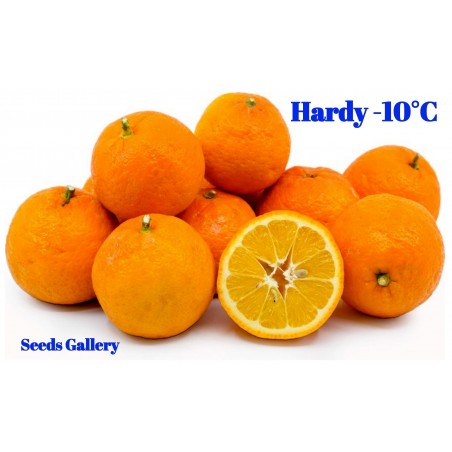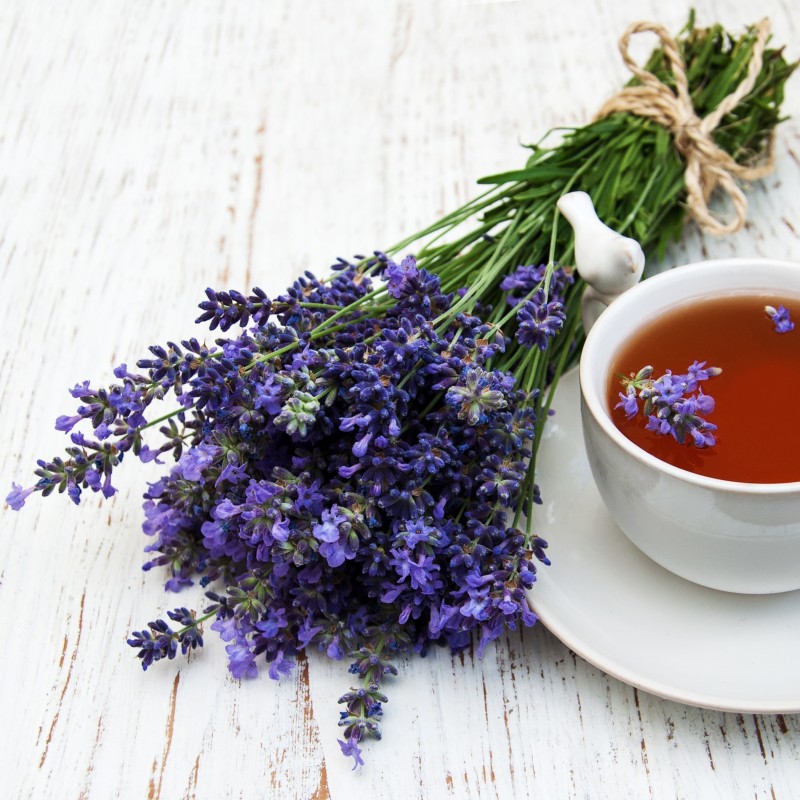
Hyssop Seeds Medicinal Plant (Hyssopus officinalis)
Hyssop Seeds Medicinal Plant (Hyssopus officinalis)
Price for Package of 1000 (1g) seeds.
Hyssopus officinalis or hyssop is a(n) herbaceous plant of the genus Hyssopus native to Southern Europe, the Middle East, and the region surrounding the Caspian Sea. Due to its properties as an antiseptic, cough reliever, and expectorant,
Hyssop Seeds Medicinal Plant (Hyssopus officinalis)
Price for Package of 1000 (1g) seeds.
Hyssopus officinalis or hyssop is a(n) herbaceous plant of the genus Hyssopus native to Southern Europe, the Middle East, and the region surrounding the Caspian Sea. Due to its properties as an antiseptic, cough reliever, and expectorant, it is commonly used as a medicinal plant.
Characteristics
Hyssop is a brightly coloured shrub or subshrub that ranges from 30 to 60 cm (12 to 24 in) in height. The stem is woody at the base, from which grow a number of straight branches. Its leaves are lanceolate, dark green in colour, and from 2 to 2.5 cm (0.79 to 0.98 in) long.
During the summer, the plant produces bunches of pink, blue, or, more rarely, white fragrant flowers. These give rise to small oblong achenes.
History
A plant called hyssop has been in use since classical antiquity. Its name is a direct adaptation from the Greek ὕσσωπος (hyssopos). The Hebrew word אזוב (ezov, esov, or esob) and the Greek word ὕσσωπος probably share a common (but unknown) origin.[4] The name hyssop appears as a translation of ezov in some translations of the Bible, notably in verse 7 of Psalm 51: "Thou shalt purge me with hyssop, and I shall be clean" (King James Bible), but researchers have suggested that the Biblical accounts refer not to the plant currently known as hyssop but rather to one of a number of different herbs, including Origanum syriacum (Syrian oregano, commonly referred to as "bible hyssop").[5][6][7] I Kings iv. 33 mentions that 'ezov' was a small plant. It was burned with the Red Heifer (Num. xix. 6) and used for purification of lepers (Lev. xiv. 4, 6, 49, 51; comp. Num. xix. 18; Ps. li. 9), and at Passover it was used to sprinkle the blood of the sacrificial lamb on the doorposts(Ex. xii. 22).
Hyssop was also used for purgation (religious purification) in Egypt, where, according to Chaeremon the Stoic, the priests used to eat it with bread in order to purify this type of food and make it suitable for their austere diet.
Cultivation
The species as a whole is resistant to drought, and tolerant of chalky, sandy soils. It thrives in full sun and warm climates.
Cultivars include 'Blue Flower'.
Harvest
Under optimal weather conditions, herb hyssop is harvested twice yearly, once at the end of spring and once more at the beginning of the fall. The plants are preferably harvested when flowering in order to collect the flowering tips.
Once the stalks are cut, they are collected and dried either stacked on pallets to allow for draining or hung to dry. The actual drying process takes place in a cool, dry, well-ventilated area, where the materials are mixed several times to ensure even drying. Drying herbs are kept from exposure to the sun to prevent discoloration and oxidation. The drying process takes approximately six days in its entirety. Once dried, the leaves are removed and both components, leaves and flowers, are chopped finely. The final dried product weighs a third of the initial fresh weight and can be stored for up to 18 months.
Essential oil
The essential oil includes the chemicals thujone and phenol, which give it antiseptic properties.
Its high concentrations of thujone and chemicals that stimulate the central nervous system, including pinocamphone and cineole, can provoke epileptic reactions. The oil of hyssop can cause seizures and even low doses (2–3 drops) can cause convulsions in children.
Uses
The fresh herb is commonly used in cooking. Essence of hyssop can be obtained by steaming and is used in cooking to a lesser extent.
The plant is commonly used by beekeepers to produce rich and aromatic honey.
Herb hyssop leaves are used as an aromatic condiment. The leaves have a slightly bitter taste due to its tannins, and an intense minty aroma. Due to its intensity, it is used moderately in cooking. The herb is also used to flavor liqueur and is part of the official formulation of Chartreuse.
Herbal medicine
In herbal medicine, hyssop is believed to have soothing, expectorant, and cough suppressant properties. Hyssop can stimulate the gastrointestinal system.
| Organic Seeds ? | Organic Seeds |
|---|---|
| Organic/natural ? | Organic/Natural: Yes |
| Edible ? | Edible |
| Germination ? | Germination rate 85% |
| Handpicked seeds ? | Handpicked seeds |
| Medicinal Plant ? | Medicinal Plant: Yes |


Your review appreciation cannot be sent
Report comment
Report sent
Your report cannot be sent
Write your review
Review sent
Your review cannot be sent
🌍 Worldwide Shipping from the EU
We ship worldwide from the European Union using registered air post with signature confirmation on delivery.
📦 Tracking Your Order
Log in to your account and go to Order History > Details to find your tracking number.
You will receive email notifications at every step — please check your spam/junk folder if you don’t see them.
Track your package via:
⚠️ Important Notices
Cash on delivery is not available.
Always provide a valid mobile number with country code when ordering (e.g., +365 456 7686 576).
Do not order to P.O. Boxes or if you cannot be home to sign for the package. We cannot leave parcels with neighbors.
If a package sent to a P.O. Box is lost or undelivered, you lose the right to a refund.
📦 Lost, Returned & Reshipping Packages
For customers in Brazil and Mexico:
We cannot refund packages lost or destroyed by customs.
If your package is returned, we will refund only the product cost — shipping costs are not refundable.
You must pay return postage (€2) and any costs for reshipping.
If a package is returned to us for any reason, you are responsible for paying the return shipping (€2) plus the cost to resend the package.
🚚 Shipment Delivery
Registered shipments require a signature from the recipient.
If your tracking shows the package is still at the origin post office, it means the package is in transit — please contact your local post office directly for updates.
We are not responsible for delivery times and cannot track shipments for you.
📅 Delivery Options & Estimated Times
Delivery Option Processing Time Notes Priority Delivery Ships in 1-7 business days Prioritizes order processing (not guaranteed faster delivery); delays possible during holidays (3-10 days) Secured Delivery Ships in 1-7 business days Available for orders up to €150; refund if lost Standard Delivery Ships in 7-10 business days More economical; delays possible during holidays (7-14 days) Estimated Delivery Time:
Within the EU: 3–20 days
Worldwide: 5–30 days
Example delivery times to the USA:
Delivered in 13, 17, 19, 22, or 27 days.Note: Delivery times depend on your location and the local postal system. COVID-19 may cause additional delays.
💰 Shipping Costs
Shipping and handling fees are calculated automatically during checkout based on the weight of the parcel and the destination country.
⏰ Order Processing Hours
We do not process or ship orders on Saturdays or Sundays.
💳 Payment Options
Bank Transfer (SEPA / IBAN / SWIFT-BIC)
Include your order reference in the payment description (e.g., "SGS-19811702"). Orders without payment within 7 days are automatically cancelled.PayPal
Payments accepted in Euros only. Please select Euros at checkout.Card Payment
For card payments, visit our other site: Exotic Seeds Store
We accept Visa, MasterCard, American Express, CB, Diners Club, Discover, China UnionPay, JCB, and Discover.
⚠️ Transaction Fees
Customers are responsible for any transaction fees. Please provide payment details to help us process your order efficiently.
📢 Final Notes
Before placing your order, please check our website for any special notices, holiday schedules, or specific conditions that may affect your purchase.
Related Products













